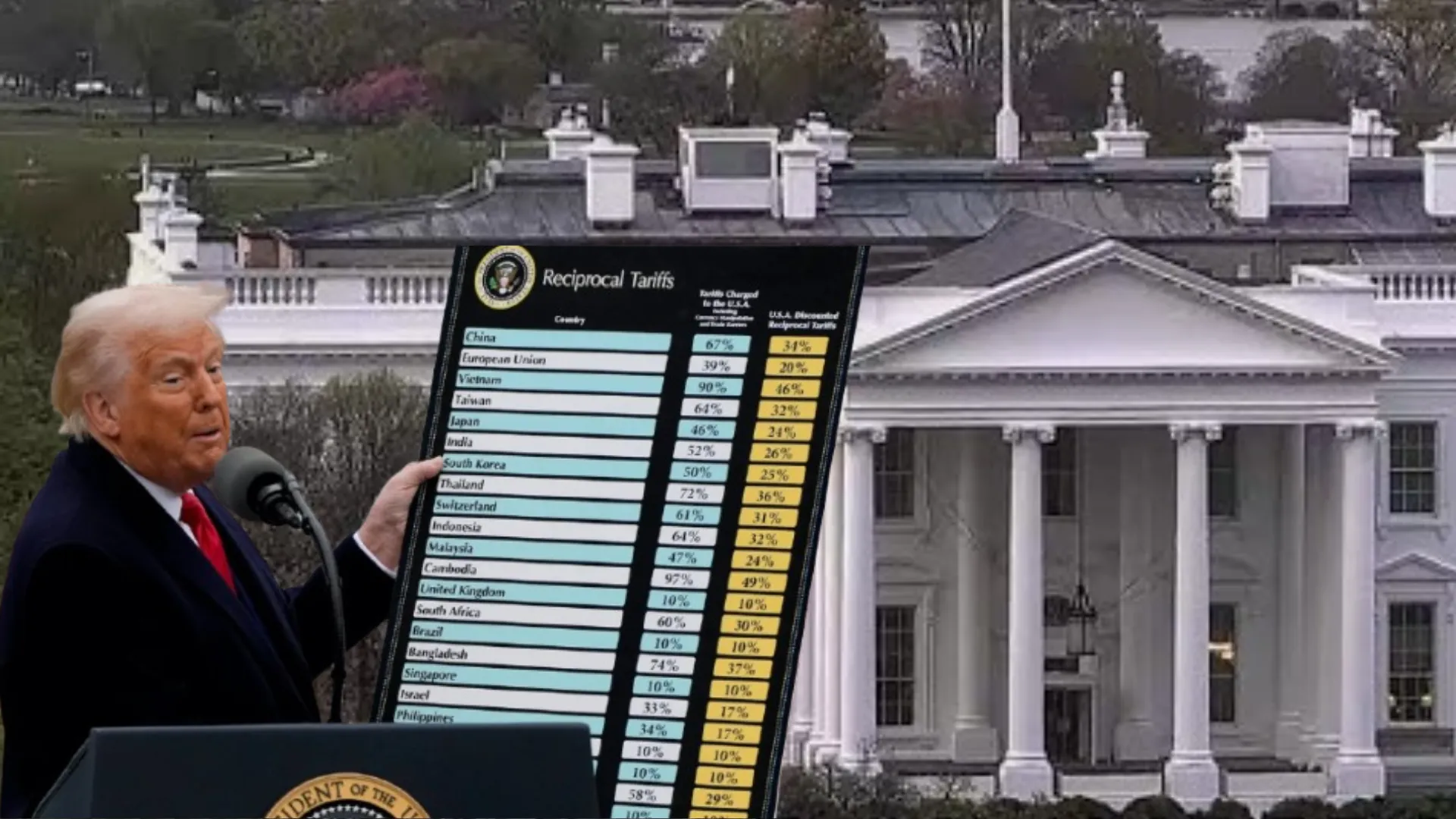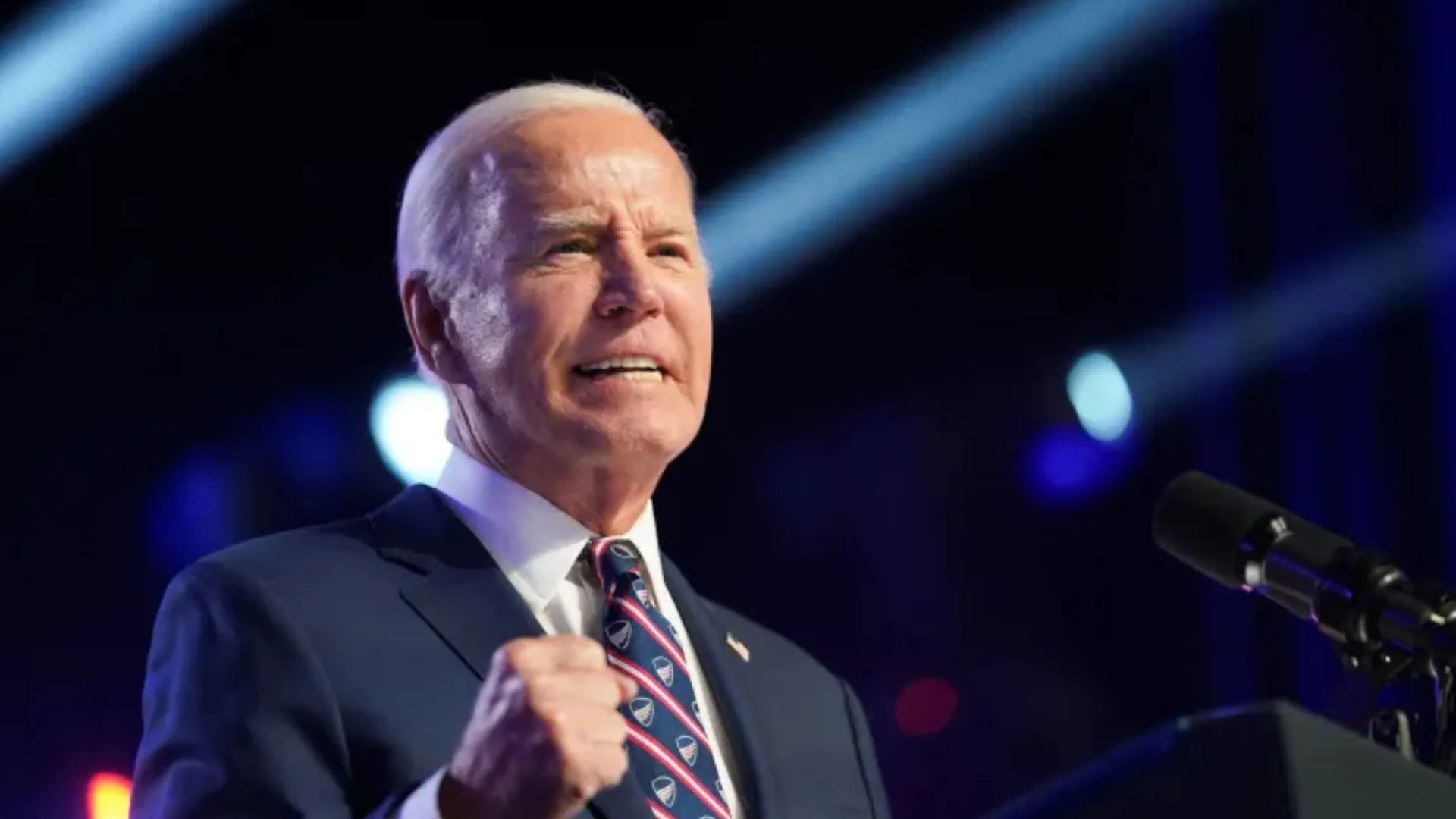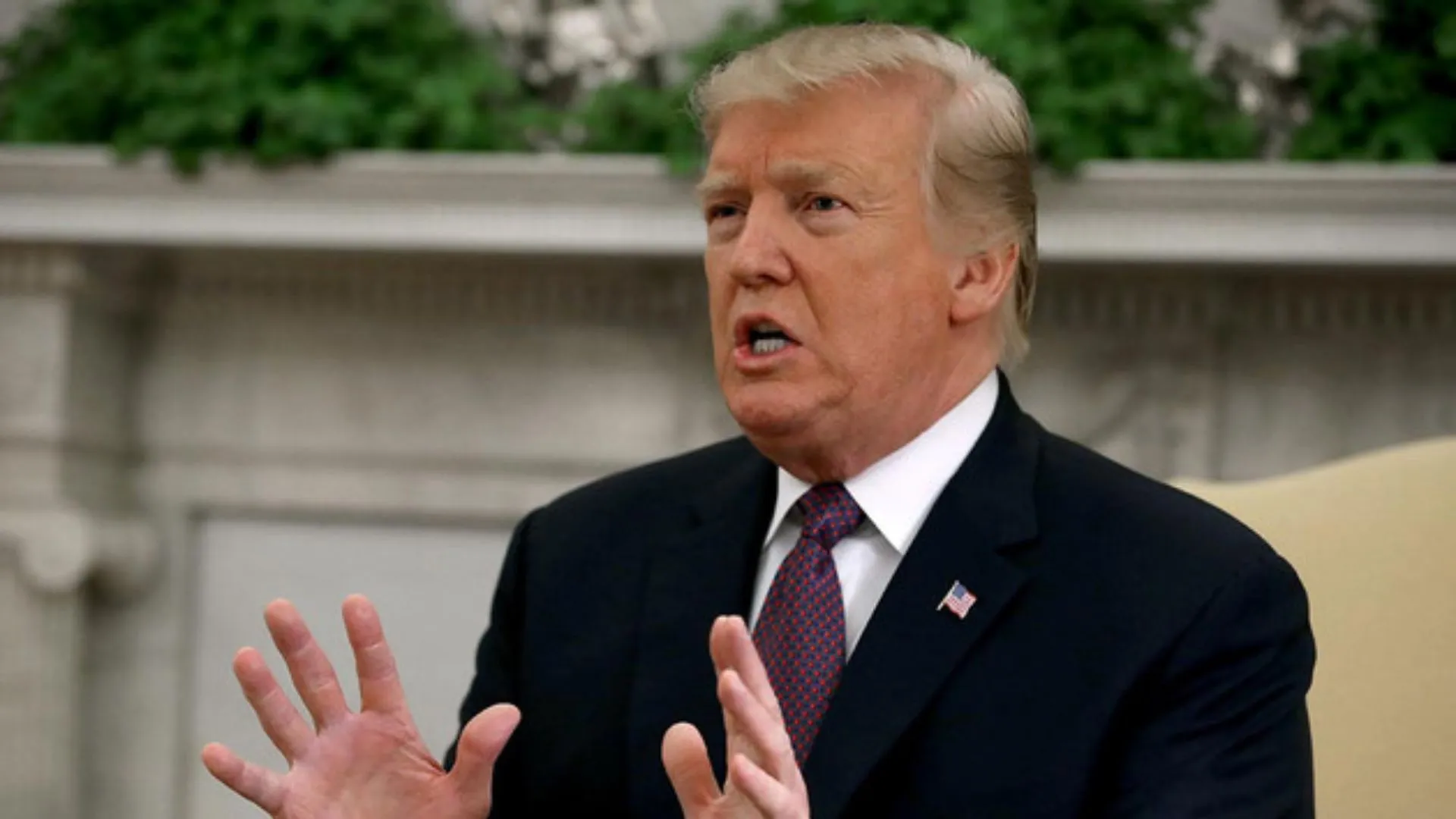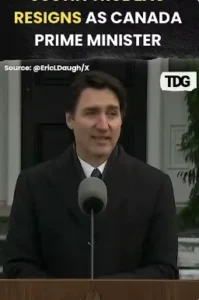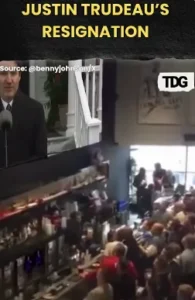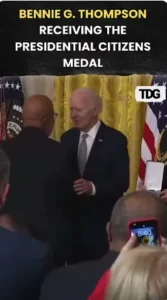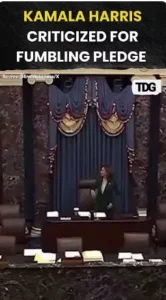Over a dozen nations targeted for US retaliatory tariffs spent the initial day of President Donald Trump’s tariff implementation not just preparing for the economic impact but in uncertainty as to what rates they would have to endure.
Discrepancy in Tariff Rates Raises Concerns
A White House annex of future reciprocal rates of tariffs differed initially for at least 14 economies from the figures on charts shown when Donald Trump rolled out his “Liberation Day” tariffs in the Rose Garden, based on a Bloomberg analysis of data released. In all instances, they were a full percentage point higher.
White House Revises Annex Tariff Rates
On Thursday, the White House reduced the annex rates to levels lower than the originally-released first figures appearing in the graphs Trump had presented.
Implementation Timeline and Policy Details
That is significant because, under the executive order instituting Trump’s policy of reciprocal tariffs, all US trading partners begin on a world 10% tariff on April 5. Four days thereafter, only those on the annex would see their rates raised to the levels contained in that document.
Country-Specific Tariff Adjustments
In the annex document, India’s rate was initially stated at 27%, as opposed to the 26% indicated earlier by Trump, before subsequently being reduced to 26%. South Korea was at 25% in the charts, then 26% in the annex, and is now 25% again. Others with changing rates were Botswana, Cameroon, Malawi, Nicaragua, Norway, Pakistan, the Philippines, Serbia, South Africa, Thailand, Vanuatu, and the Falkland Islands.
Annex Document Determines Final Tariff Rates
The figures in the annex implementation document are the rates that will be effective, a White House official explained.
Omissions of Territories Add to Confusion
Also, some overseas territories and possessions of major countries – initially included in the White House’s charts with tariff lines other than their parent countries don’t appear anywhere in the annex.
Reunion, an Indian Ocean island between Madagascar and Mauritius that’s a French overseas territory, was marked at 37% on Trump’s reciprocal tariff tables but not on the official annex. Saint Pierre and Miquelon, a French archipelago off Canada, and Norfolk Island, an Australian island two hours’ flying time from Brisbane, were also omitted from the tariffs annex. France, as an EU member, is subject to a 20% mutual tariff, whereas Australia is at the world minimum of 10%.

